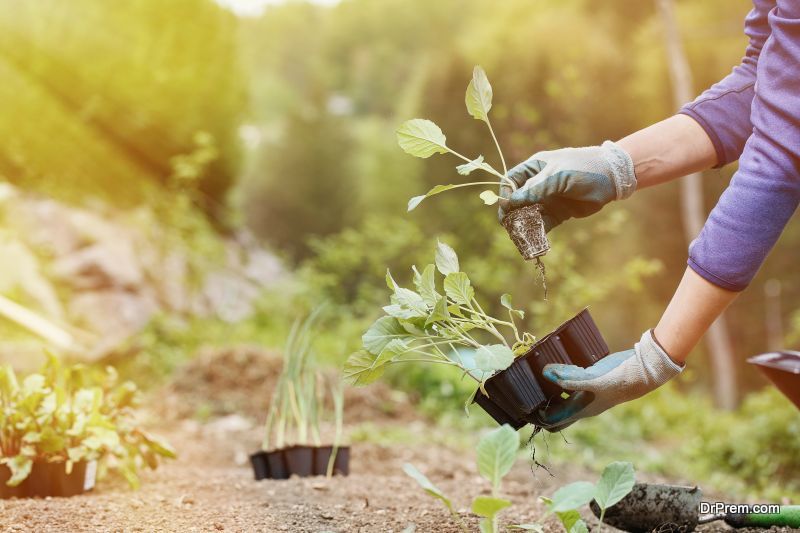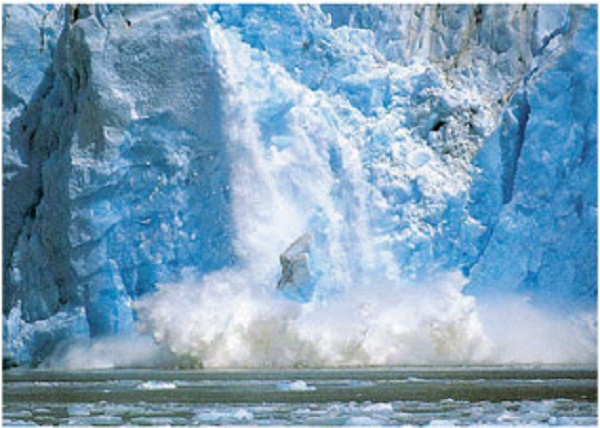Sustainable landscape is currently in trend because of its effect on the environment. Everyone wishes to contribute for the better of the environment and developing a sustainable landscape, which is eco-friendly and helps the person to live a healthy life surrounded by nature. Generally, in order to develop a landscape, a lot of time, money, water, labor, fertilizers and chemicals are used that harms the environment in more than one way. However, the main reason behind sustainable landscape is to develop a garden that conserves water and energy without wasting much effort and money. People have also begun to appreciate its importance and positive impact it can offer to them. All it requires is to follow some landscaping principles for environment along with a little creativity.
These eco-friendly principles for landscaping allow the household to minimize the waste and enhance the way of relaxation without hurting the environment in any way. In order to create a perfect landscape in your garden, it is necessary to analyze the inputs and outputs and utilizes the available resources carefully and innovatively. In this article, we will discuss some highly reliable and easy to apply principles of landscaping good for the environment.
- Utilize water effectively:

Conserving water should be top priority in developing a landscape. With water being one of the most concerning issues in America and the entire world, with proper planning and design, the water requirement for the landscape can be decreased to a great extent. Using rainwater for irrigation, growing plants that require less water and water harvesting are ways to make the best use of water. - Value your soil: One of the most important ecofriendly principles for landscaping is to use proper soil for plantation. Similar to water, soil is another important element and using compacted soil can lead to issues such as restricted growth, erosion, flooding and runoff. Try considering soil composition and recycling materials such as redwood compost and green wastes. Clear the growth of weeds regularly. This will improve the soil content and keep your garden nurturing.
- Plant selection:

It would be appropriate to choose wisely when it comes to opting plants for your garden. Go for plants that require less water to grow. Plant in groups for better water consumption and according to the soil and sun. Planning of such plants grow brilliantly without the use of pests and chemicals is appropriate. Leave clipping and reduce the law area. - Save existing plants: It is not necessary to remove all the plants in order to develop a new garden. It would only lead to more harm than good. Try clearing out the surrounding areas while preserving the native plants. Native plants are the best plants for any place as they don’t require too much maintenance. Use them as your base for other new plants and you will see a deserving garden within a year. Commence the development by removing only non-native and invasive plants and replace them with more appropriate choice.
- Don’t waste resources:

For a sustainable landscaping approach, landscaping principles for the environment include using the available resources wisely. Find out how much waste your landscape will produce every year and will it offer the space needed for your children to enjoy a quality time. A typical landscape produces too much waste, which need to be transferred to a great distance, costing time and money. By using necessary resources, you can reduce the yard waste by recycling the construction waste and selection of proper plants. Also try using locally sourced material for construction.
Developing a sustainable landscape only requires you to be more careful in every approach of the construction with a sole aim to make a garden that doesn’t offer any negative effect to the environment and still appears to be a peaceful and beautiful place to enjoy. It can be achieved through these above mentioned principles of landscaping good for the environment. These small initiatives can truly make a large impact on the environment and your surroundings and also make you proud of yourself. At the same time, you will also be saving a lot of money, effort and time, so its all a win-win situation for everyone.



